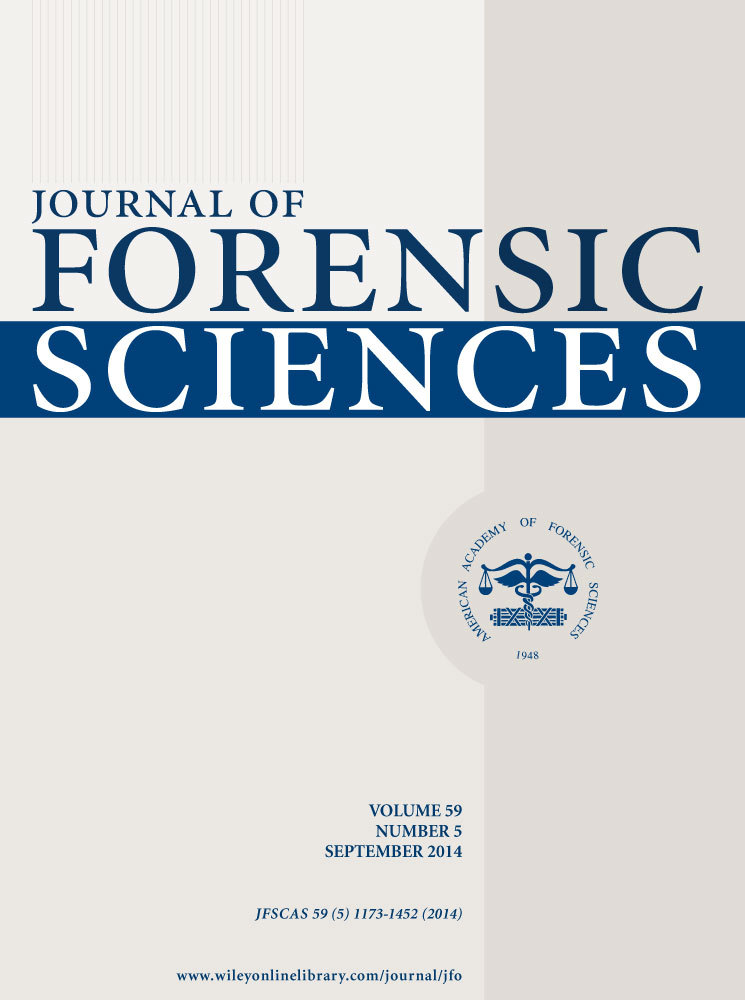Hierarchical Cluster Analysis of Ignitable Liquids Based on the Total Ion Spectrum†
Abstract
Gas chromatography–mass spectrometry (GC–MS) data of ignitable liquids in the Ignitable Liquids Reference Collection (ILRC) database were processed to obtain 445 total ion spectra (TIS), that is, average mass spectra across the chromatographic profile. Hierarchical cluster analysis, an unsupervised learning technique, was applied to find features useful for classification of ignitable liquids. A combination of the correlation distance and average linkage was utilized for grouping ignitable liquids with similar chemical composition. This study evaluated whether hierarchical cluster analysis of the TIS would cluster together ignitable liquids of the same ASTM class assignment, as designated in the ILRC database. The ignitable liquids clustered based on their chemical composition, and the ignitable liquids within each cluster were predominantly from one ASTM E1618-11 class. These results reinforce use of the TIS as a tool to aid in forensic fire debris analysis.




